The United States Supreme Court has announced that it will hear oral arguments on November 5 in two challenges to former President Donald Trump’s authority to impose tariffs under the International Emergency Economic Powers Act (IEEPA). The case will test the scope of executive power in trade policy and could have wide-ranging implications for U.S. businesses, consumers, and international partners.
Case Added to Supreme Court Docket
On September 9, the Court confirmed that it had agreed to review the tariff disputes as part of its 2025–26 term, placing the matter on a fast-tracked schedule. The Court released its updated November argument calendar on Thursday morning, confirming the addition of the tariff case. To make room, another case was shifted to November 4, while a separate death-penalty case, Hamm v. Smith, was removed from the calendar and is expected to be rescheduled.
Legal Basis of the Dispute
At the heart of the litigation is the Trump administration’s use of IEEPA, a 1977 law that grants the president significant powers to act during declared national emergencies. The law allows restrictions on certain economic transactions but does not explicitly mention tariffs or duties. A federal appeals court previously ruled that Trump’s reliance on IEEPA to implement broad tariffs exceeded the authority granted by Congress.
The administration, however, has maintained that the tariffs were justified under emergency powers and are necessary to safeguard U.S. economic and diplomatic interests. The Supreme Court will now decide whether the statute permits a president to impose such sweeping tariff measures without direct congressional approval.
Accelerated Timeline
The Court has set an unusually expedited briefing schedule. The government is required to file its opening brief within 10 days of the Court’s decision to hear the case. The challengers—primarily small businesses and importers affected by the duties—will have just over one month to respond. Both sides had urged the Court to move quickly, underscoring the urgency of the economic and legal issues involved.
The Trump administration has argued that the lower court’s ruling deeming the tariffs unlawful has disrupted ongoing trade negotiations and created uncertainty for U.S. trading partners. The challengers, meanwhile, have emphasized the financial strain on businesses caused by the duties, noting that higher costs have been passed down to both companies and consumers.
Potential Economic Impact
If the Supreme Court upholds the lower court ruling, the decision could significantly alter U.S. tariff policy. Analysts suggest that a ruling against the administration could lower the overall tariff rate, currently estimated at over 16% on average, and might require the U.S. to refund billions of dollars in duties collected since the tariffs were imposed.
For businesses, the stakes are high. Many industries—including automotive, retail, and manufacturing—depend heavily on imported goods and components. Any change in tariff structures could reshape supply chains, pricing strategies, and investment decisions.
Broader Implications
Beyond economics, the case is seen as an important test of separation of powers between the executive and legislative branches. Historically, Congress has held primary authority over tariffs and trade policy. The Supreme Court’s decision will clarify whether presidents may continue to rely on emergency statutes such as IEEPA to implement major trade measures or whether such authority rests exclusively with lawmakers.
Legal scholars note that the Court’s ruling could set a precedent not only for trade disputes but also for how future administrations use emergency powers in economic matters.
Outlook
With arguments set for November 5, the case is expected to attract significant attention from policymakers, business leaders, and international observers. The decision, expected later in the Court’s term, will likely shape the future direction of U.S. trade policy and redefine the balance of authority in economic decision-making.
#SupplyChainNews #SCOTUS #Tariffs #TradePolicy #EconomicUpdate

















